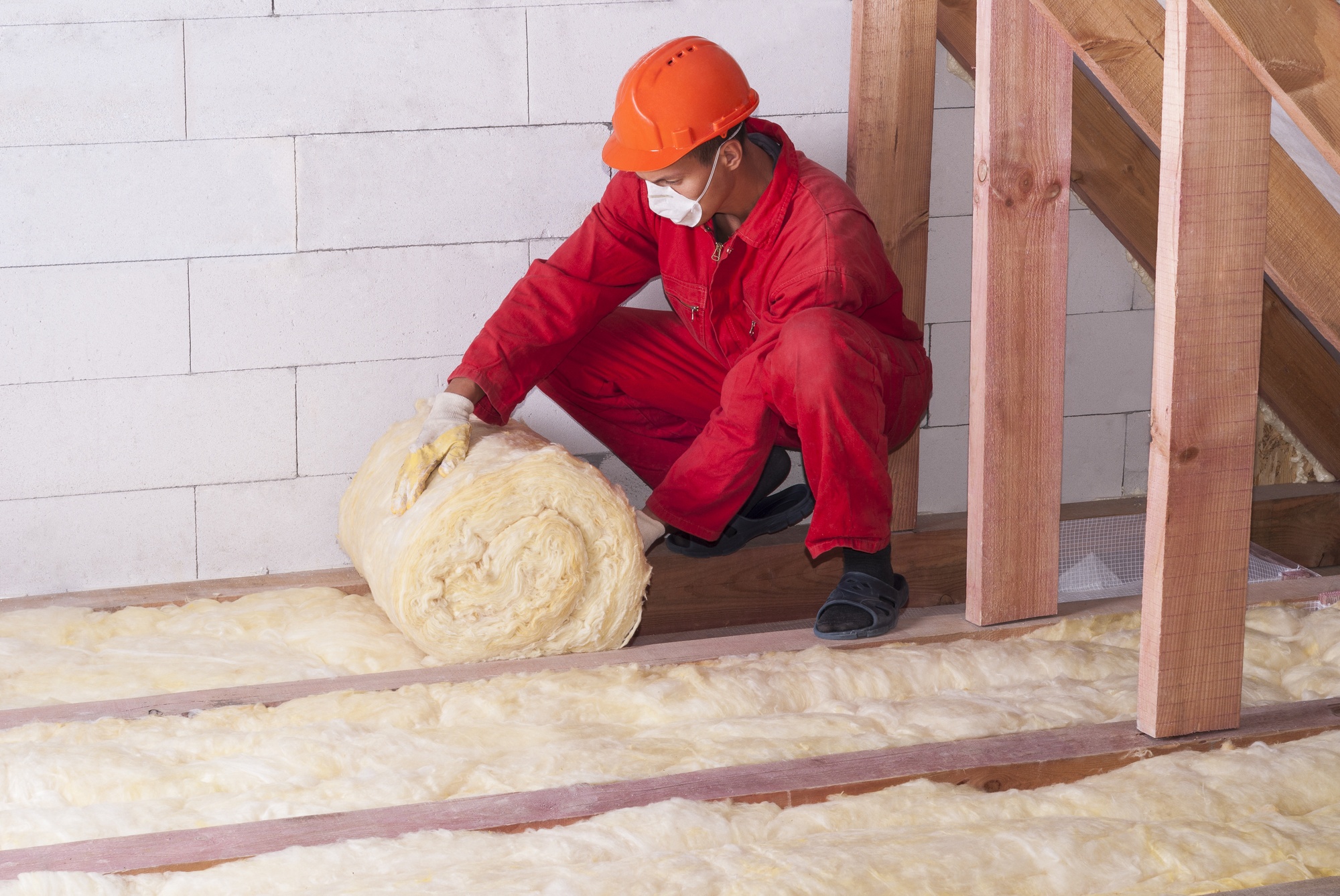An insulated home is a delight all year round, boasting constant comfortable temperatures regardless of the season. It’s also a bonus if you want to save on heating and cooling costs.
According to the EPA, correctly insulating your house can save you up to 10% on your energy bills every year.
Yet, choosing the right types of insulation is imperative if you want to enjoy cost-savings as well as all the other benefits of sealing your home against the elements.
The Benefits of Efficient Home Insulation
Cost and energy savings aside, according to JWS Construction LLC a reliable insulation contractor, effective insulation also has the following benefits:
- Increased comfort
- Soundproofing
- Moisture Control
- Increasing the value of your property
When you bear these major benefits in mind, it’s clear that installing the best insulation for your home isn’t something you should take lightly.
Types of Insulation and R-Values
R-values play an important role in determining what’s best for your home. They’re a standard measure of the thickness and density of insulation materials.
The higher the R-value, the better, although you can get away with a lower value if you live in an area with a warm climate.
Keep reading to find out more about different insulation types and their R-values and how can help provide all-season insulation.
Blanket Rolls and Batts
These insulation types consist of fiberglass material cut to a width that matches the standard distance between wall studs, floor joists, and attic rafters. This makes them a popular option for DIY enthusiasts.
It’s important to remember that fiberglass is a skin and lung irritant and to exercise caution when working with these materials.
Standard blanket batts and rolls have R-values between R-2.9 and R-3.8 per inch of thickness, while high-performance ones come in at around R-3.7 to R-4.3.
Spray Foam Insulation
This is one of the best types of insulation since it instantly seals any cracks and gaps in your walls to ensure an airtight outcome.
It consists of liquid polyurethane applied with a sprayer and hardens in place.
Spray foam insulation has an R-value of R-6.2 for the high-end version, while the cheaper option has an R-value of 3.7 per inch of thickness.
Blown-In Insulation
Blown-in insulation is a paper-like substance that’s blown into your walls or roof using a specialized blower. It’s best for irregularly shaped spaces.
Cellulose-based blown-in insulation has an R-value of R-3.8, while the fiberglass type’s R-value is R-2.2 per inch of thickness.
Foam Board or Rigid Foam Panels
This type of insulation is one of the few that suit both interior and exterior walls. It’s composed of either polyisocyanurate, polystyrene, or polyisocyanurate.
Boards and panels have high R-values between R-4 and R-6.5 per inch of thickness and are best at reducing energy consumption.
Keeping Your Home Cozy
Using the right types of insulation for each area of your home’s an effective way to increase the comfort, saleability, and value of your house.
If you’d like to find out more about how to make your spaces infinitely more appealing to your family as well as prospective buyers, keep reading our blog. We have many more interesting snippets on homes and home improvements all over the country.



